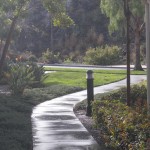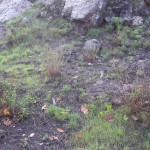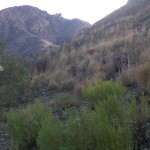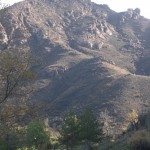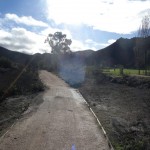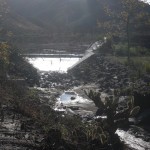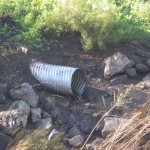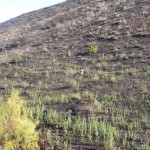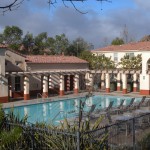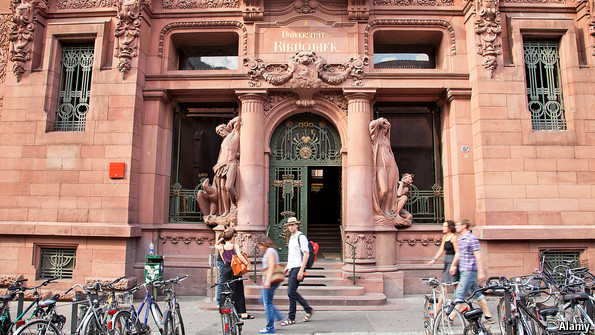At AeroComputers, we believe that our Law Enforcement, Search and Rescue, Fire Fighters and other public service customers should have the best possible equipment to help them do their jobs. To that end, since 1993 we’ve been providing these customers with moving map systems that install into their airborne units, even before such systems were readily available through GPS. All of these components integrate with a camera gimbal to combine real-time video with moving maps to provide situation awareness. For the past couple of years, AeroComputers has been integrating 3D graphics, synthetic data and other useful layers to improve our capability in response to market demand.
Our company is currently experiencing growth and we need to expand the development team and strengthen our capabilities in 3D mapping. Candidates must have C++, Windows, Visual/Studio, OpenGL, Scene Graph, Qt, and GIS Development skills. Video, MS SQL, and real-time skills are nice to have as well. It is 30-40 hours per week, and will be mostly telecommuting with our software engineering staff.
The pay for this position will depend upon experience and we are currently interviewing candidates, hoping to fill the position soon. If any of your students are interested, please have them submit a resume and cover letter to my email address.
The job posting ID is 15437, go to: http://www.aerocomputers.com
